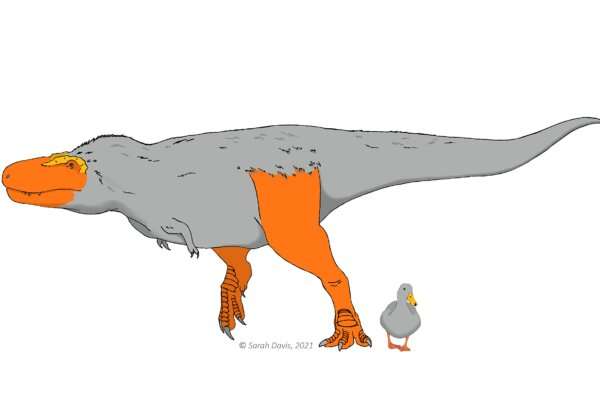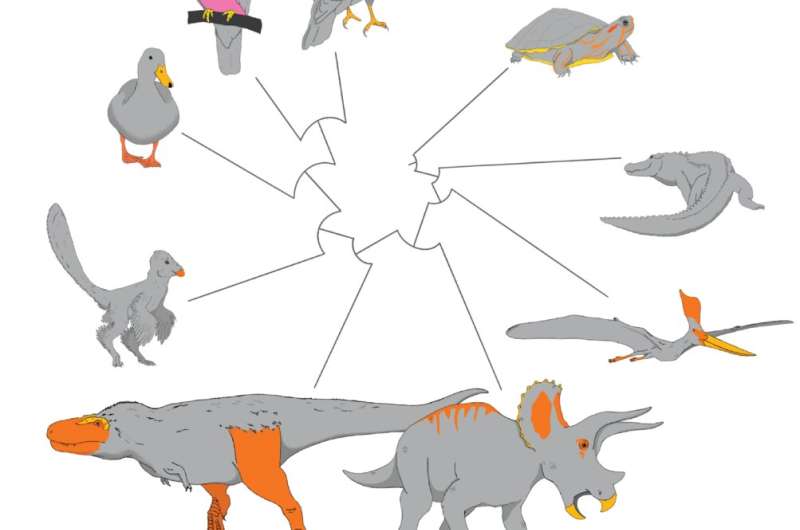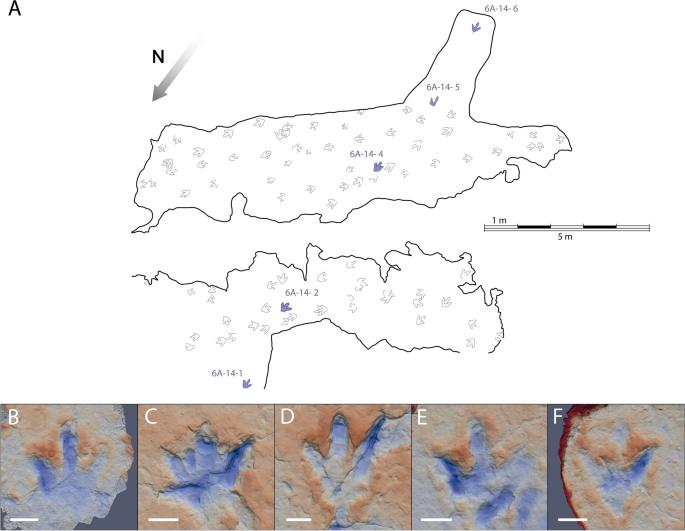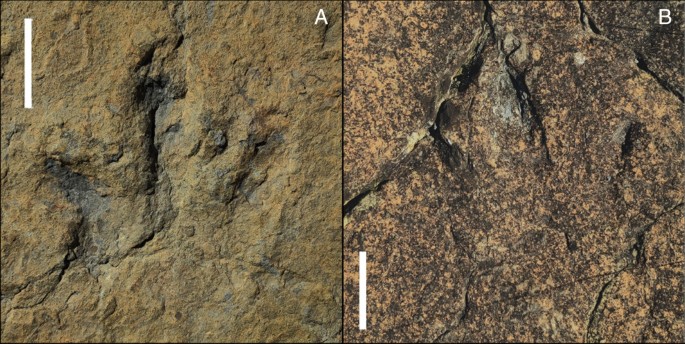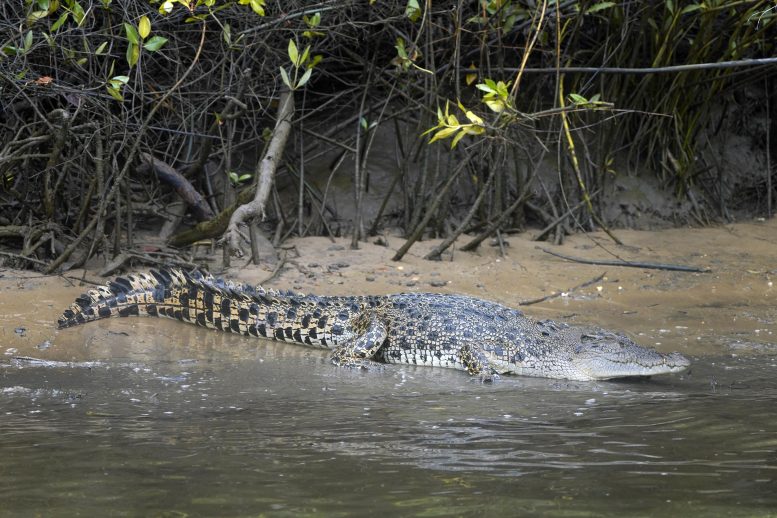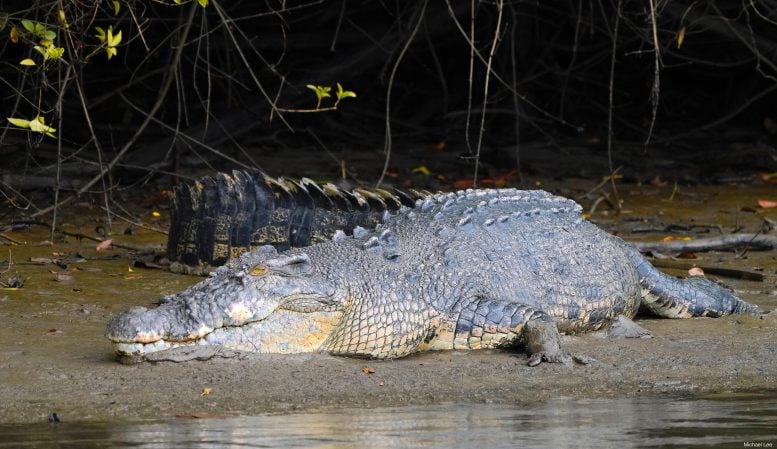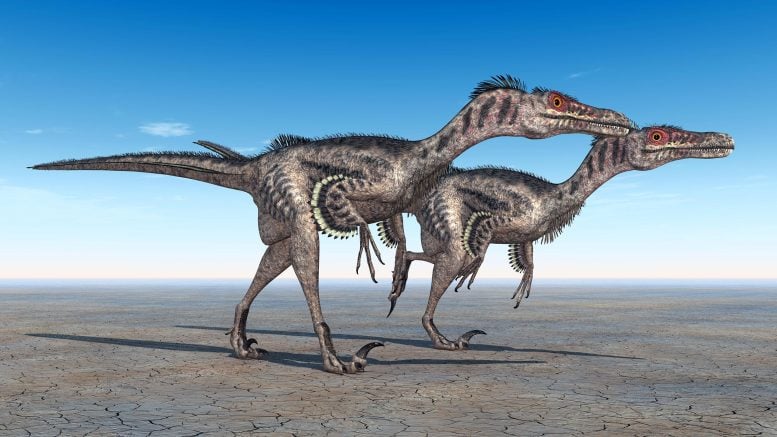This week Back Roads Bill asks us to look at roadside rock cuts to learn about what makes up Northern Ontario and there is a guidebook to help
Bill Steer
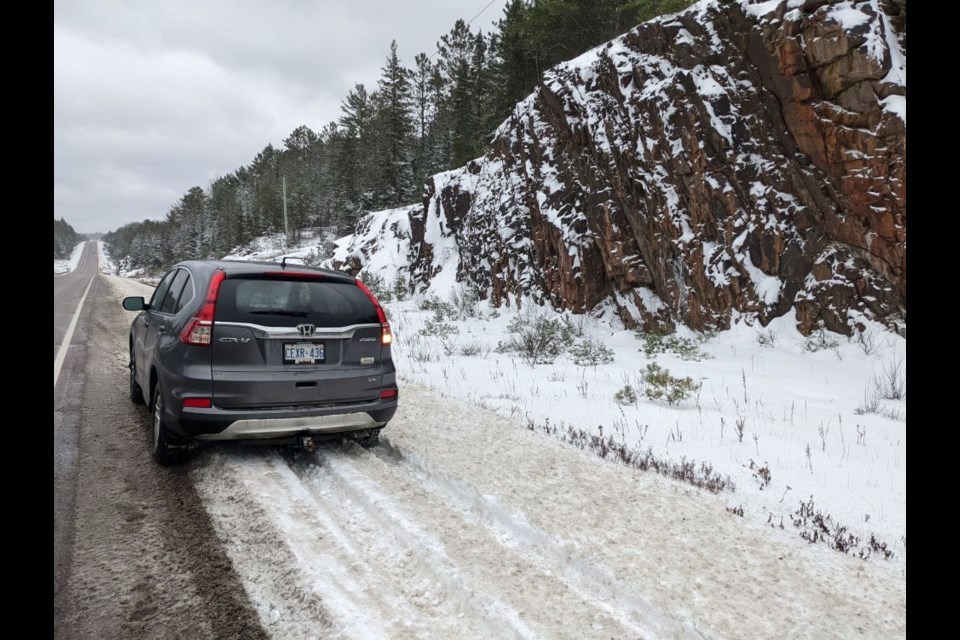
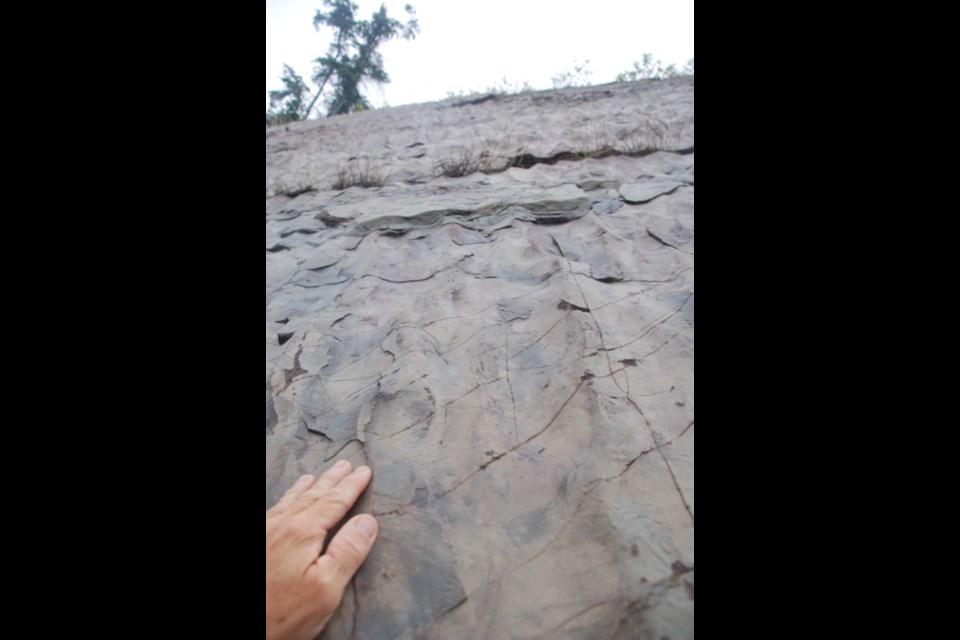




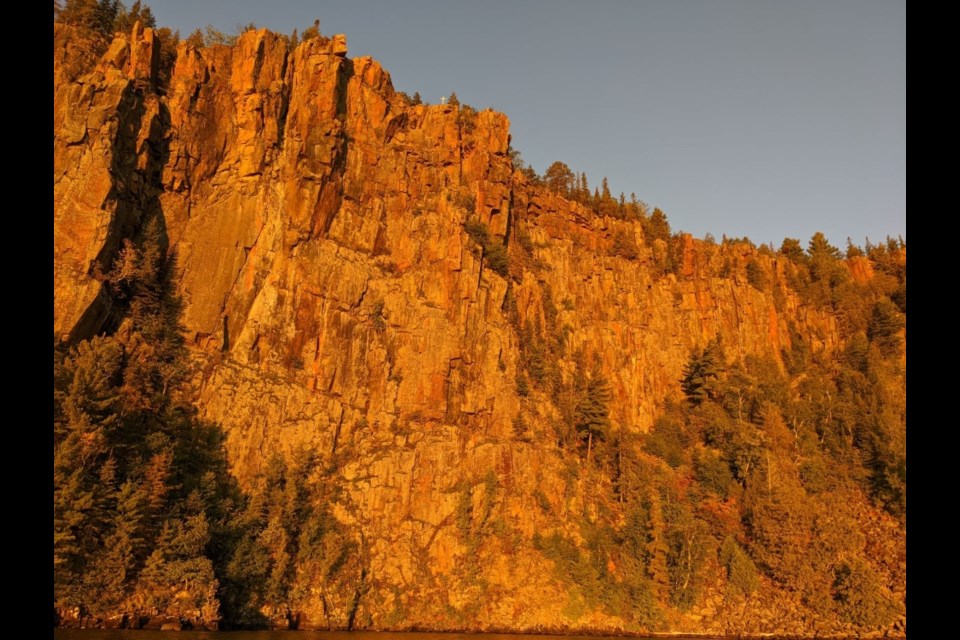
When driving along the main or the back roads, a multitude of colours, interesting wavy patterns and lines are visible within the rock cuts in some locations. There are three billion years of history to discover and understand at these stops.
In Northern Ontario, road builders don't always take the path of least resistance they go straight through the Canadian Shield creating accidental geologic classroom lessons. We know the exposed rock faces as rock or road cuts. It is a great way to see the rocks that are normally hidden.
Most of us are neophytes when it comes to rocks but they can reveal different layers of rock, faults, igneous intrusions, and many other geologic structures that are normally difficult to see.
In basic terms, geology is the study of the earth, the materials of which it is made, the structure of those materials, and the processes acting upon them over time. It also includes the study of organisms that have inhabited our planet like fossils, Manitoulin is famous for that.
Where to start
Mark Hall, lives within the City of Greater Sudbury and he is a 'professional landman,' an industry term not so familiar.
He is a mining landman specializing in hard rock mineral prospects and project development with more than 20 years of experience in acquiring and managing mineral lands, for both the government and private companies in Canada and the USA.
He said the rocks of Northern Ontario tell many stories and hold even more secrets. Most of that secret information is covered by dirt and plants and will never be revealed to humans, but we do get a glimpse of the Canadian Shield geology whenever we travel the highways.
Every rock cut along the road is a tiny window into the hidden bedrock that we drive by.
One must be able to see the rocks to understand them, and our road cuts can provide wonderful exposures of what lies beneath. A great example is the road cut on Hwy. 69 at the Bowes Street exit at Parry Sound.
This road cut is like a first-year structural geology course in one picture.
Next time you pass by (not for the driver) look to see the way the rocks are layered, then notice that they are not flat but bent and folded like children’s play dough. That folding is the result of enormous tectonic forces twisting the rock layers into what you see today.
When the rock can bend no more, it snaps.
See where the layers are interrupted along straight lines? These are faults where one side has slid past the other. You would not want to be there when that happened because that movement is what causes earthquakes.
Don’t worry, that earthquake because it likely happened billions of years ago.
This sounds rock solid but I think I need a tutorial.
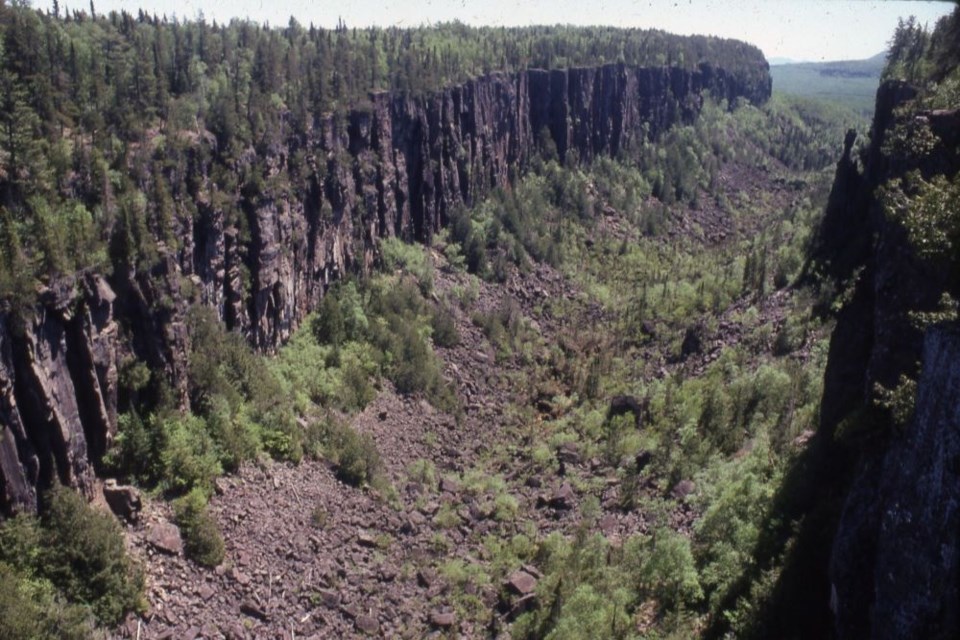
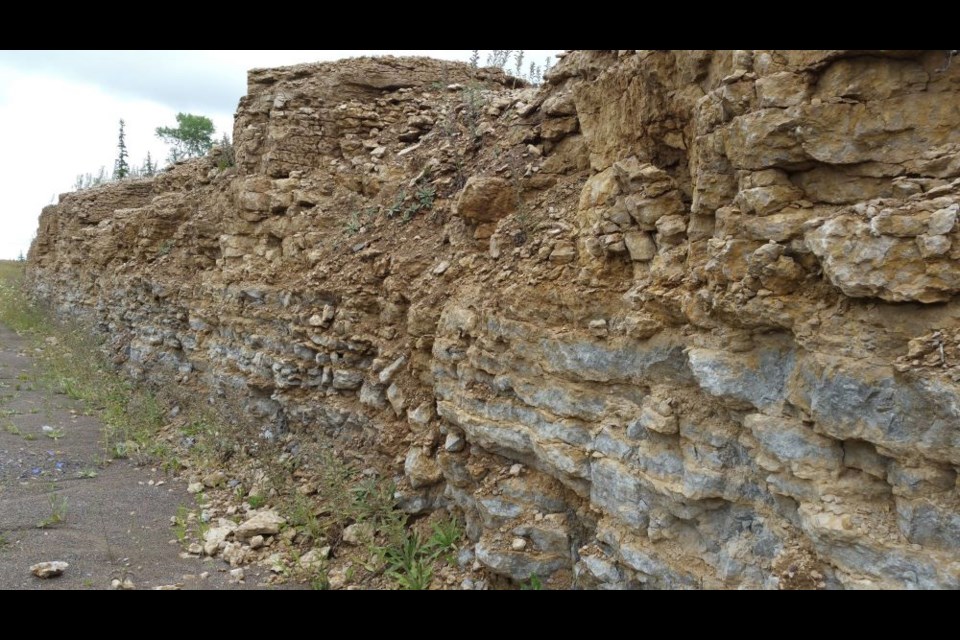
One of the geological features in 'Road Rocks' is the dynamic Ouimet Canyon near Dorion.
Road Rocks Ontario
The best way is to stop and look at all those rock cuts up close and personal. It was like a gold discovery I found the definitive guidebook written by a geologist who has spent a lifetime looking at the roadside rocks.
Dr. Nick Eyles has been teaching geology at the University of Toronto for almost forty years.
He is an award-winning author of the best-selling geology books Road Rocks Ontario and Ontario Rocks.
After completing a five-part series with CBC on the geology of Canada that aired in 2008, Nick was on the road with the Canadian Broadcasting Corporation for seven months in 2009-10 as host of Geologic Journey – World a five-part Nature of Things series with David Suzuki. Rock on with Nick.
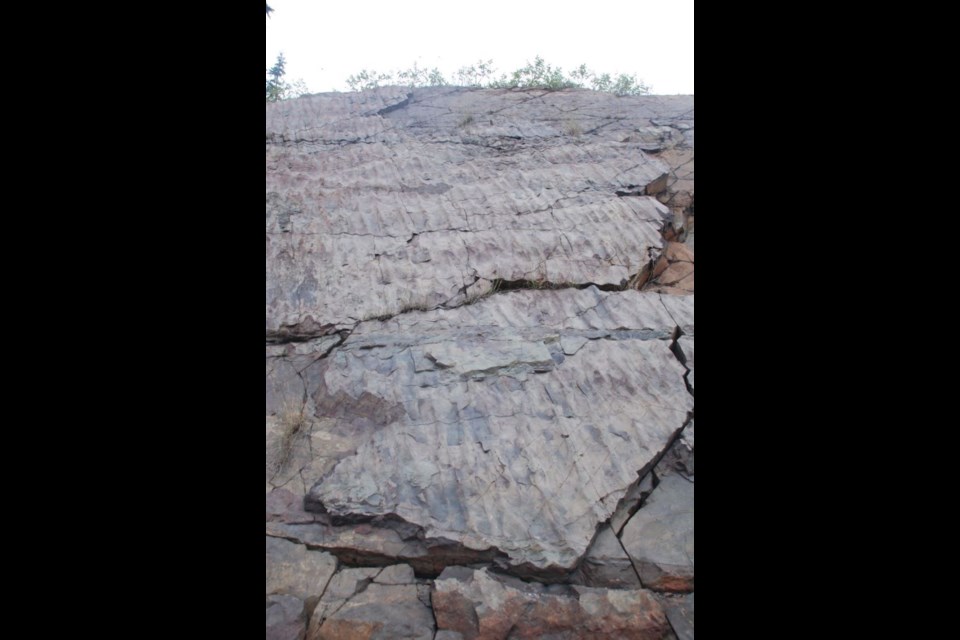
The ripple rocks just west of Desbarats is one of the most interesting roadside geology locations.
The province of Ontario contains many sites of outstanding geological importance. Many are internationally well known and attract visitors from around the globe. Others no less important remain hidden in plain sight. This is what I have been searching for.
"During the last three billion years Ontario has been witness to giant tectonic collisions as North America collided in turn with South America and Africa creating huge mountains now long gone," Nick said. "Many of Ontario's northern rocks originated as magma on ancient ocean floors long before life flourished. The province has been dented by fiery meteorites, drifted across the equator, been flooded by tropical seas rich in marine life and scraped bare by ice sheets."
As an addendum to another recent Back Roads Bill story, he said, “ Many rocks are sacred to First Nations peoples who believe that rocks are inhabited by may maymaygwayshiwuk who appear every now and again to torment humans.”
Click this link to learn more about that.
There is a lot of rock in Ontario and this book offers only a glimpse of what can be found in the thousands of outcrops by side of the road. Armed with what you learn from this guide you’ll pretty soon figure what that other stuff might be.
And besides that, he said, “Most of the stops are close to coffee stops.”
There is hope for me now.
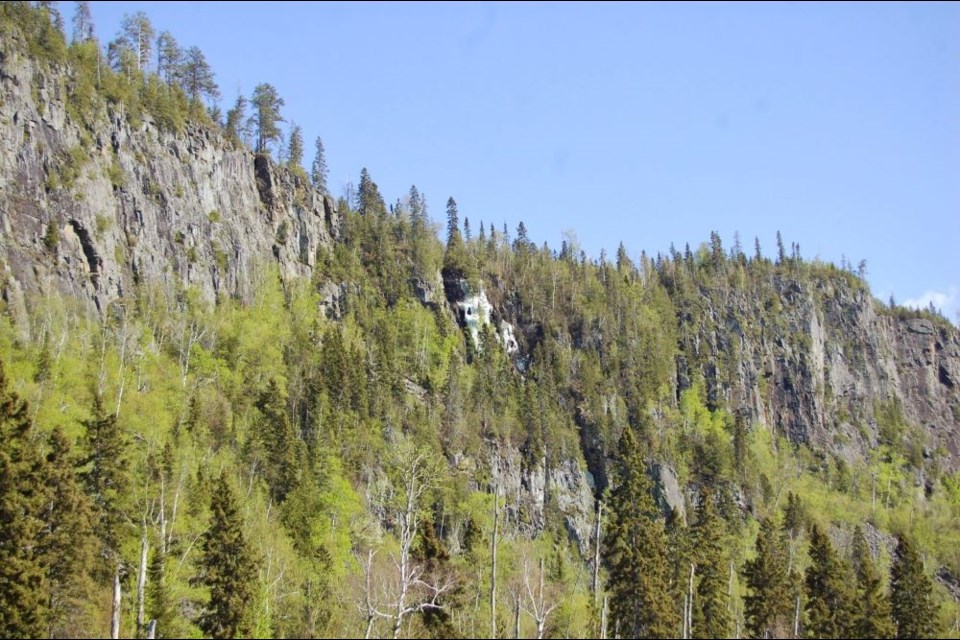
As drive the northern route of Highway 11, west of Beardmore and east of Nipigon you will see these magnificent palisades; and there is hiking trail to the top.
See the map for some of the book’s locations and page numbers with Back Roads Bill photos.
Nick recommends stopping by the Rock Walk in Haileybury to get a primer on the rocks you will see; that’s on page 440.
In the easy-to-read Road Rocks Ontario book, there are more than 250 geological wonders to discover. It has GPS coordinates for each site and a location map. This guidebook has been on the back roads since its publication in 2013.
And while you are at it here are a few free government publications on roadside rocks in a printable .pdf format that will help you with your schooling and a field guide to the Sudbury area and an entire series of Northern Ontario geo tours.
Now, if I can just figure out how to drive the back roads and read the guide at the same time?
Santa knows I won’t do that because I don’t want that lump of coal again, we have peat but not coal in Northern Ontario. I do not have rocks in my head others may say differently.
